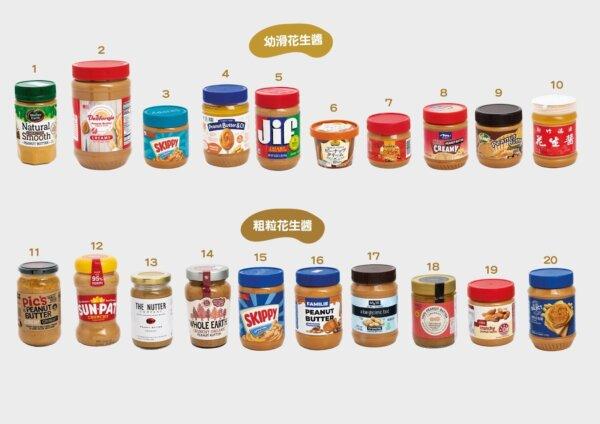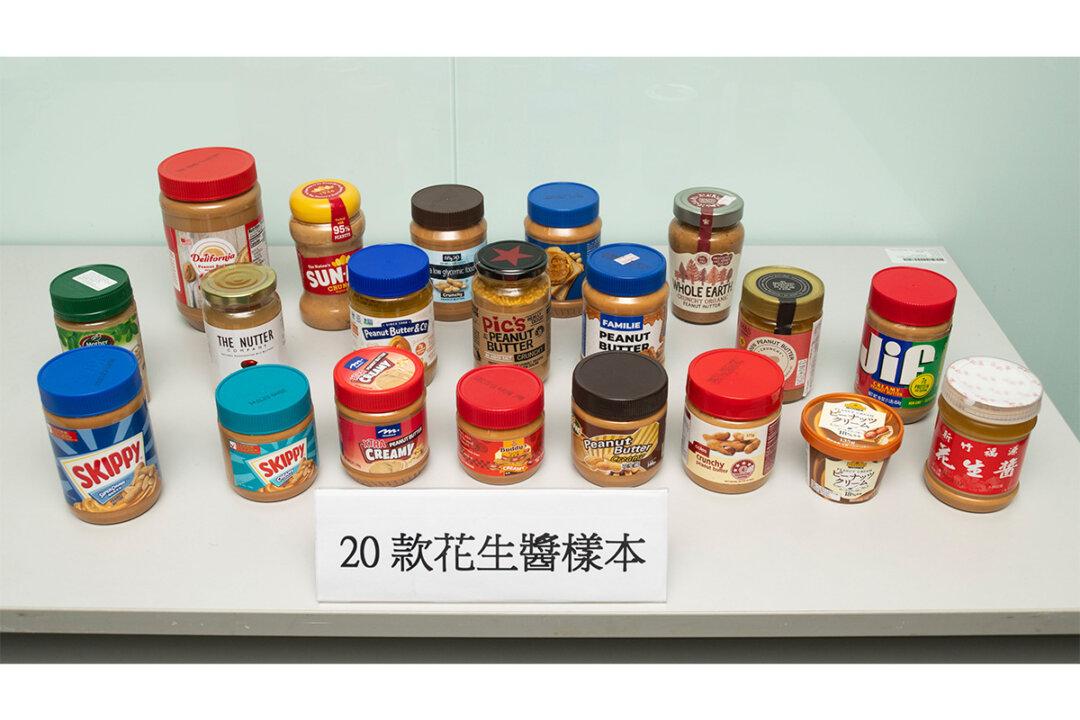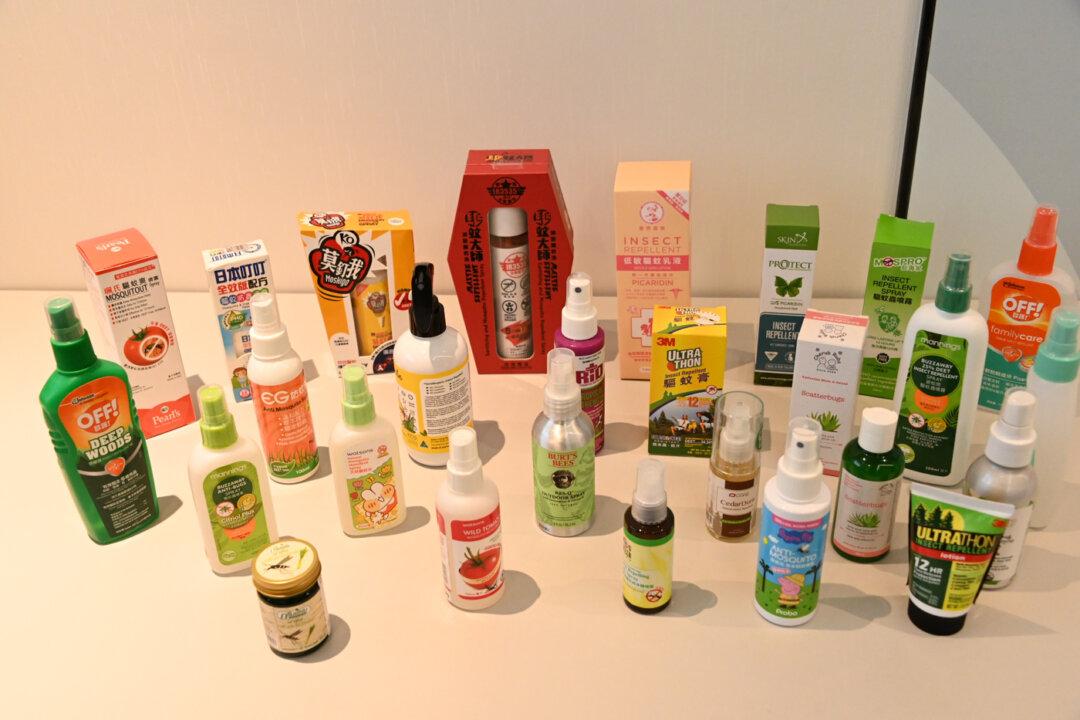Many fans of peanut butter agree that the rich spread, be it either smooth or crunchie, is a “must-have” on every breakfast table. But, although peanut butter has many healthy qualities, attention should be paid to the levels of quality and nutritional value that are available in today’s marketplace. Your jar of peanut butter may have a few surprises in store for you, even if you do need to occasionally mix in the separated oil.
Banning PHOs Protects Against Heart Disease
In 2021, Hong Kong’s Legislative Council placed a ban on partially hydrogenated oils (PHOs) which comes into effect on Dec. 1, 2023. It will be illegal for manufacturers to add PHOs to foods such as cookies, snacks, and peanut butter. Hong Kong people will have more protection against cardiovascular diseases after the main culprit of industrially produced trans fatty acids (IP-TFAs) in foods is removed. Many traders have already begun sourcing non-PHO ingredients to comply with the healthier oils or fats recommended by the World Health Organization (WHO.)
Courtesy of Consumer Council




